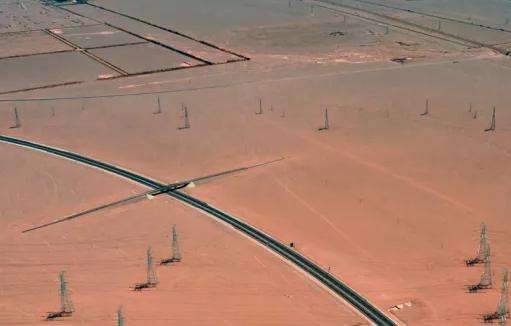The cooling of synchronous generators is divided into two types: external cooling and internal cooling:
1. External cooling: including air cooling and hydrogen cooling
Air cooling: the cooling medium is air, that is Air is used to take away the heat generated by losses in the generator. This method has a simple structure, but the cooling efficiency is not high. The maximum installed capacity can reach about 100MW;
Hydrogen cooling: The cooling medium is
hydrogen, that is, hydrogen is used to take away heat. High cooling capacity compared to air. The ventilation loss is small, but the structure is complex and requires hydrogen storage equipment. The maximum installed capacity can reach about 200MW;
2. Internal cooling: including stator water internal cooling, rotor hydrogen internal cooling, etc.
Internal cooling (direct cooling method): the cooling medium is water , oil, hydrogen, that is, hydrogen, water or oil passes through the inside of the wire to directly take away the heat. Compared with the two aforementioned surface cooling methods, the cooling capacity is high, which can reduce the size of the generator, save materials, and facilitate the manufacture of large-capacity generators. , but the generator structure is complex, the copper loss is large, the iron loss and mechanical loss are small, and the total loss is similar.
The cooling forms of diesel generators are generally divided into three types: air, hydrogen, and water. The cooling system of a general synchronous generator is closed, and the cooling medium is recycled.
1) Air cooling - Air cooling is done by fans. Cold air is blown against the ends of the windings of the diesel generator set, the stator and rotor of the generator set to dissipate heat. The cold air absorbs heat. Then it turns into hot air. After the air between the stator and the rotor first merges, it is discharged through the air duct of the iron core and cooled through the cooler. The cooled air is then sent into the generator by the fan for circulation to achieve the purpose of heat dissipation. The machines generally use air cooling for medium and small synchronous generator sets. ,
2) Hydrogen cooling - Hydrogen cooling uses hydrogen as the cooling medium. The heat dissipation performance of hydrogen is better than that of air. Most large turbine generators use hydrogen cooling.
3) Water cooling - water cooling uses double water internal cooling of the stator and rotor.














